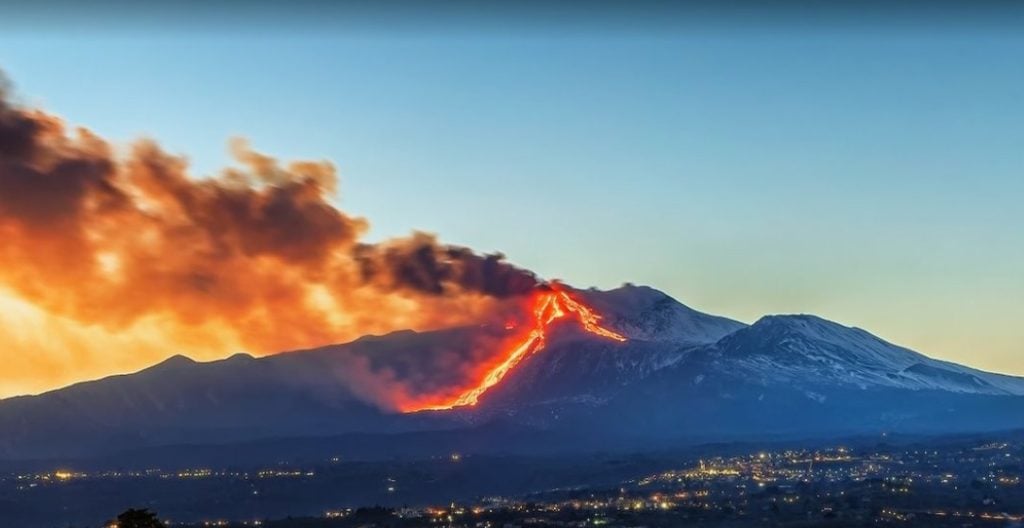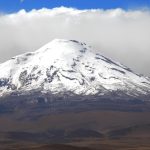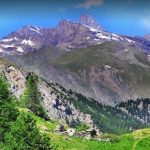Mount Etna: Sicily’s Majestic Volcano
Mount Etna, located on the eastern coast of Sicily, Italy, stands as one of the world’s most iconic and active volcanoes. This impressive natural wonder has fascinated and sometimes terrified people for centuries. Mount Etna: Sicily’s Majestic Volcano unique features offer opportunities for exploration, scientific research, and tourism. In this article, we will delve into the geological marvel that is Mount Etna, exploring its history, geology, eruptions, and the experience it offers to visitors.
Geographical Location and Geological Background
Mount Etna is situated on the island of Sicily, Italy, rising prominently from the eastern landscape. It is the highest and largest volcano in the Mediterranean region, reaching an elevation of 3,329 meters (10,922 feet) above sea level. Its strategic position makes it visible from many parts of Sicily, dominating the island’s skyline.
Etna is classified as a stratovolcano, characterized by its composite cone shape. These volcanoes are formed by layers of lava, ash, and gases that accumulate over time, creating a steep-sided structure. This geological feature is the result of the subduction of the African tectonic plate beneath the Eurasian plate, causing the formation of magma chambers beneath the volcano.
Historical Activity
Mount Etna has been continuously active for thousands of years, with its first recorded eruption dating back to around 1500 BC. Since then, it has erupted more than 200 times, earning its reputation as one of the most active volcanoes on Earth. These eruptions have varied in intensity, from relatively minor ash emissions to massive lava flows and explosive events.
Throughout history, Etna’s eruptions have played a significant role in the lives of the local population. While they bring the constant threat of destruction, they also provide fertile volcanic soil, ideal for agriculture, and have shaped the cultural identity of the region.
Types of Eruptions
Etna’s eruptions can be broadly categorized into two main types: effusive and explosive. Effusive eruptions involve the relatively gentle flow of lava, which often poses less immediate danger to nearby communities. Explosive eruptions, on the other hand, can produce pyroclastic flows, ash clouds, and even lava fountains, posing a more immediate risk to life and property.
The volcano’s frequent eruptions are closely monitored by scientists and volcanologists, using various instruments and technology to predict and assess potential hazards.
Tourist Attractions and Activities
Mount Etna is not only a geological marvel but also a popular tourist destination. Visitors are drawn to its diverse range of attractions:
- Hiking and Trekking: Etna offers numerous trails and paths for hikers and trekkers, allowing them to explore its unique landscapes and geological features.
- Skiing: In the winter months, the slopes of Etna transform into a skiing and snowboarding paradise.
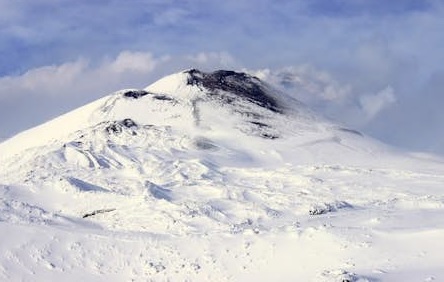
Etna Skiing - Cable Cars and Guided Tours: Cable cars and guided tours provide access to higher altitudes, allowing visitors to get closer to the summit and witness breathtaking panoramic views.
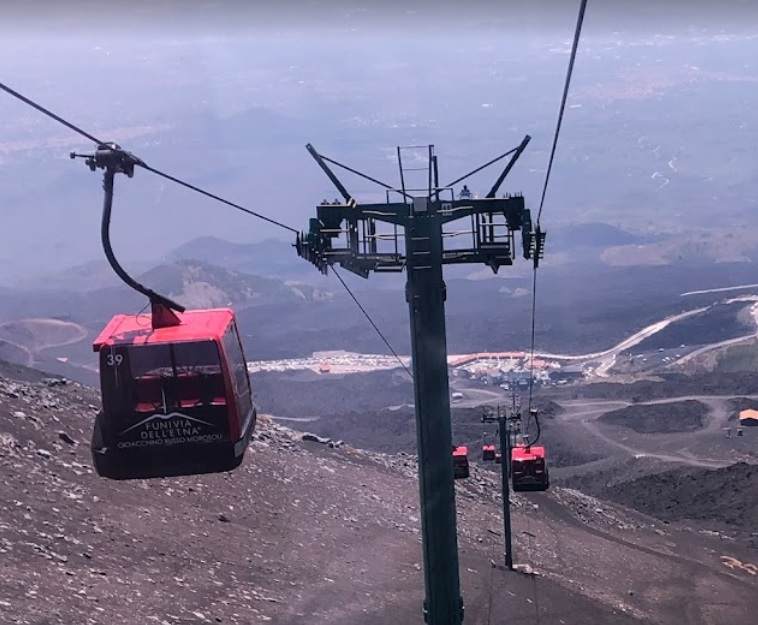
Etna Cable Car - Cultural Experiences: The towns and villages surrounding Etna offer cultural experiences, including local cuisine, wineries, and traditional festivals.
Scientific Research and Monitoring
Mount Etna’s consistent volcanic activity makes it a vital site for scientific research. Volcanologists and geologists study its eruptions and behavior to better understand volcanic processes. This knowledge not only aids in predicting eruptions but also provides insights into Earth’s geological history.
In conclusion, Mount Etna is a remarkable natural wonder that has captivated the world for millennia. Its geological significance, historical impact, and tourist appeal make it a unique destination for travelers seeking both adventure and insight into the Earth’s powerful forces. While its eruptions can be hazardous, responsible tourism and scientific monitoring ensure that visitors can experience the wonder of Mount Etna safely and with a greater understanding of our planet’s dynamic processes.
Click for Google Photos and Map of Mount Etna: Sicily’s Magnificent Volcano
Click for Albula/Bernina Trains: A Scenic Journey Through the Swiss Alps

